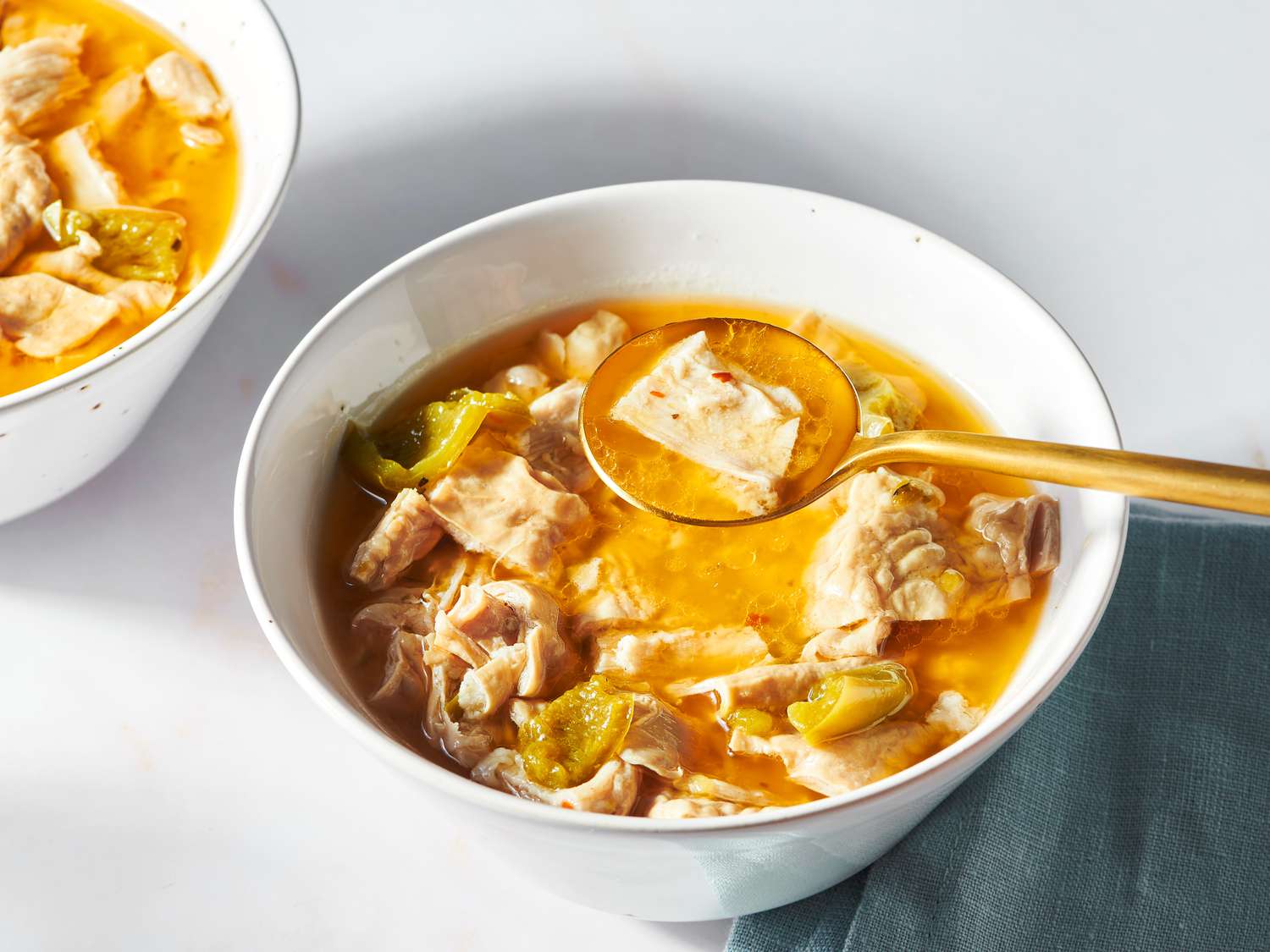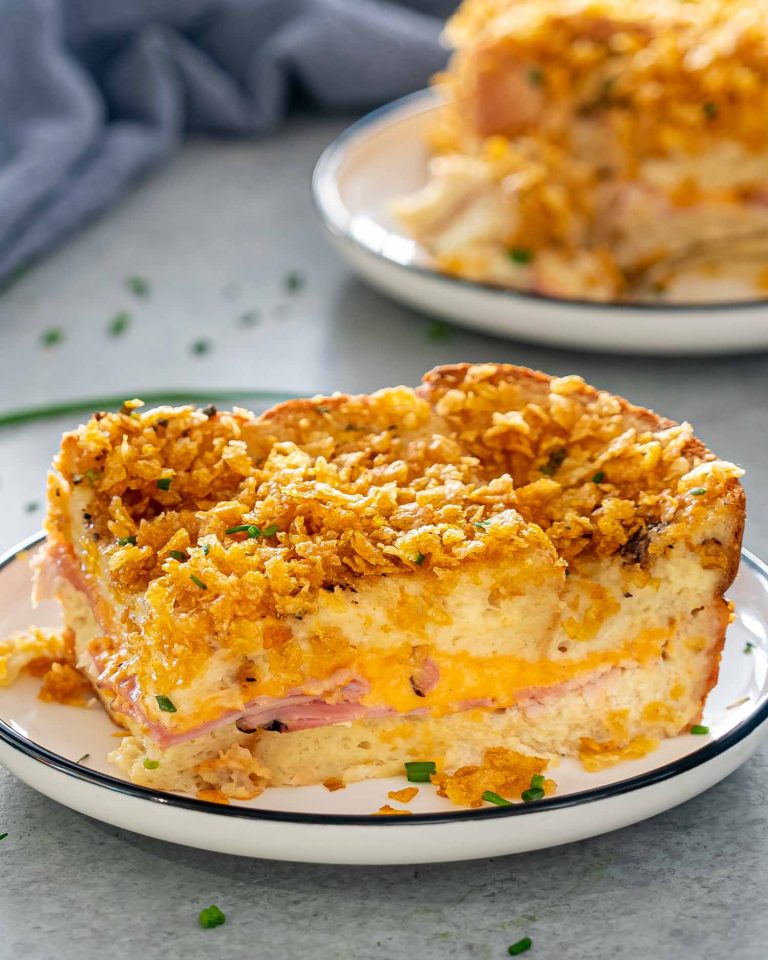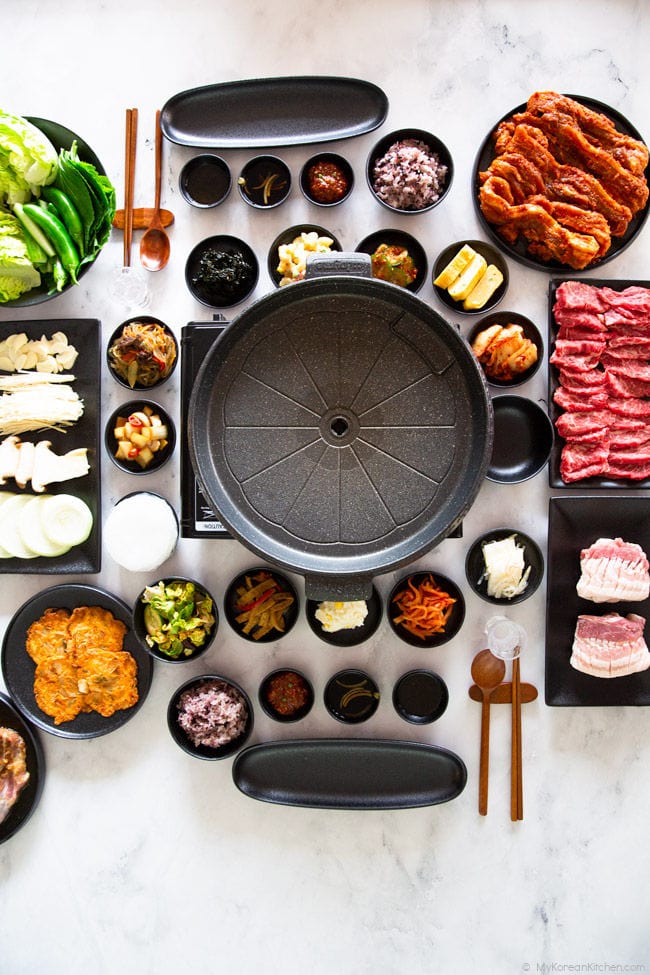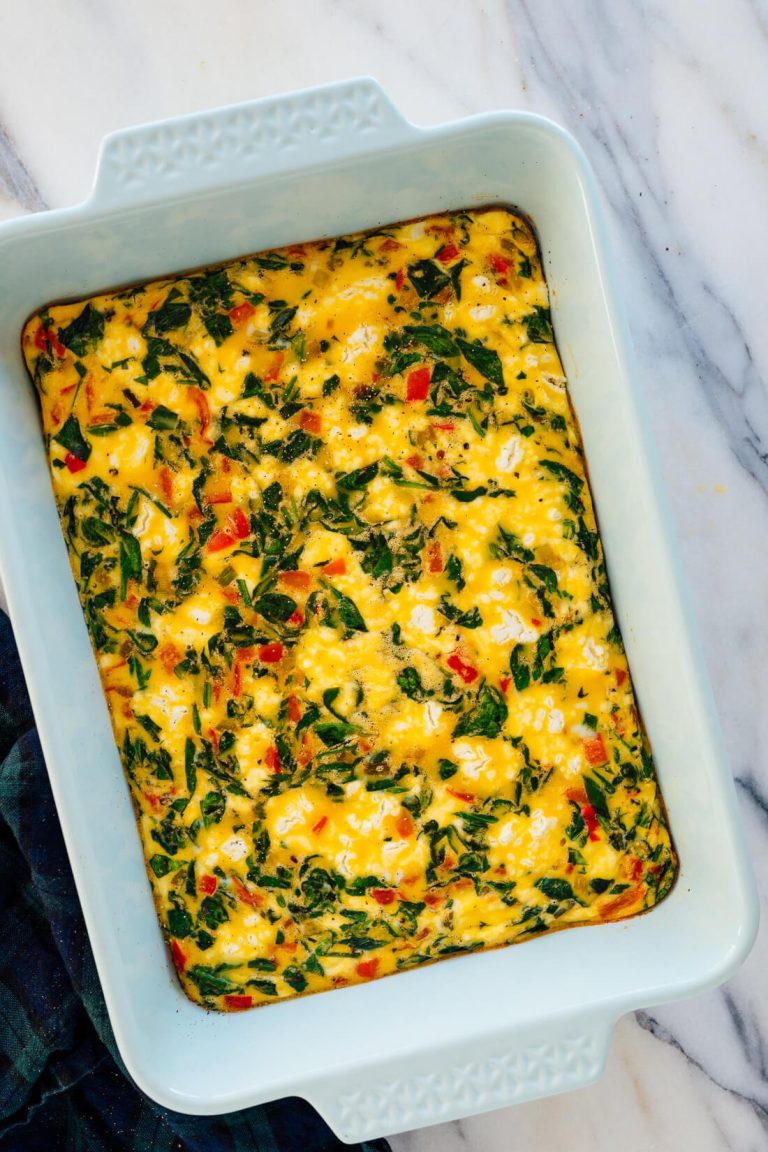Creole Chitterlings Chitlins: Recipes, Health Tips, and Restaurant Picks
Chitterlings, or chitlins, hold a distinct place in Southern cooking. Originating from necessity during the times of slavery, these pig intestines became a symbol of resourcefulness. They were often served during the winter months and at festive gatherings. Chitterlings underscore the Southern tradition of using every part of the animal, transforming what was once discarded into a culinary staple.
The Creole Twist on Traditional Southern Recipes
The Creole twist on chitterlings infuses flavors unique to the region. With roots in French, Spanish, African, and Native American cuisines, Creole recipes elevate traditional Southern dishes. Chitlins undergo a meticulous cleaning process, followed by boiling and seasoning with Creole spices like paprika, thyme, and cayenne pepper. This fusion results in a dish that embodies Creole culture’s rich and diverse culinary heritage.
What Are Chitterlings (Chitlins)?
Understanding the Basics
Chitterlings, commonly known as chitlins, are made from the small intestines of pigs. Often served as a Southern delicacy, chitlins are thoroughly cleaned and cooked with various seasonings. These dishes originated from necessity, dating back to the times of slavery when resourcefulness was crucial. Over time, chitterlings evolved into a celebrated part of Southern cuisine, particularly during festive occasions.
Variations Across Regions
Variations of chitterlings reflect regional tastes and cultural influences. In the Southern United States, chitlins are often boiled, fried, or stewed with a blend of spices like garlic, onions, and peppers. The Creole version incorporates a distinct array of seasonings, including Creole spices that hint at French, Spanish, African, and Native American culinary traditions. Different regions may also serve chitlins with side dishes such as cornbread, coleslaw, and hot sauce, further reflecting local preferences and heritage.
The Traditional Creole Chitterlings Chitlins Recipe
Essential Ingredients
Chitlins, around 10 pounds, represent the primary ingredient in the dish. Cleaning them meticulously to remove any impurities is necessary. The following list includes essential ingredients:
- Chitlins: 10 pounds, thoroughly cleaned
- Onions: 2 large, chopped for flavor
- Garlic: 4 cloves, minced to enhance taste
- Bell Peppers: 2, chopped for a Creole twist
- Celery: 2 stalks, finely chopped
- White Vinegar: 1 cup, aids in cleaning
- Bay Leaves: 2, for aromatic depth
- Creole Seasoning: 3 tablespoons, a mix of paprika, cayenne, thyme, and oregano
- Salt and Pepper: to taste, for seasoning
- Red Pepper Flakes: 1 teaspoon, optional for heat
Cooking Techniques and Tips
It’s essential to wash the chitlins thoroughly. Soak them in cold water with vinegar for an hour. Rinse and repeat until water runs clear. Not skipping this step ensures a clean dish.
Boiling: Place the chitlins in a large pot of water. Add onions, garlic, bell peppers, celery, bay leaves, and seasoning. Bring to a boil, then reduce the heat to simmer for 4-5 hours until tender. Maintaining a low simmer prevents toughness.
Simmering: Simmer on low heat for tenderness. Stir occasionally to prevent sticking. Monitor water levels, adding more as needed.
Seasoning: Adjust seasonings midway through cooking. Taste test ensures a balanced flavor. Adding seasoning gradually prevents overpowering the dish.
Serving: Serve hot with sides like cornbread or coleslaw. Garnish with extra Creole seasoning or hot sauce for added flavor.
Following these steps and tips results in a flavorful and authentic Creole Chitterlings Chitlins dish that honors its rich cultural heritage.
Nutritional Aspects of Chitlins
Health Benefits and Concerns
Chitlins offer several important nutrients, contributing to a balanced diet. They’re rich in protein, which is essential for muscle repair and growth. One 3.5-ounce serving of chitlins provides approximately 20 grams of protein, aiding in daily protein intake. They also contain vitamins like B12 and niacin, supporting energy production and neurological function.
However, chitlins are high in cholesterol and fat. Consuming a 3.5-ounce serving injects around 40 milligrams of cholesterol and 18 grams of fat into your diet. Excessive intake may increase the risk of heart disease, particularly if you already have elevated cholesterol levels. The cleaning process is vital, reducing risks associated with pathogens like E. coli and Salmonella. Proper cooking minimizes foodborne illness.
Dietary Considerations in Creole Cooking
Creole cooking is rich in flavors but also tends toward high sodium content due to seasonings. Chitlins and other Creole dishes often incorporate Creole spices, onions, garlic, and bell peppers, but the use of salt and high-sodium seasonings can contribute significantly to your daily sodium intake. Limiting added salt and choosing low-sodium seasoning alternatives enhances the healthiness of these dishes.
One serving of chitlins might fit into a balanced diet when consumed in moderation. Pairing chitlins with fiber-rich sides like collard greens and cornbread aids digestion and balances the meal nutritionally. Adjusting recipes to include more vegetables and lean proteins complements the traditional flavors while promoting a healthier diet.
Where to Find Authentic Creole Chitterlings Chitlins
Best Restaurants in the South
Discovering authentic Creole chitterlings in the South enhances the experience. Renowned restaurants serve this delicacy with traditional flavors. Dooky Chase’s Restaurant in New Orleans stands out for its rich history and impeccable preparation. Chef Leah Chase’s legacy ensures quality. Li’l Dizzy’s Cafe also in New Orleans offers another great option, famous for its Creole soul food. Charley’s Creole Kitchen in Birmingham, Alabama, delivers a Southern experience with expertly prepared chitlins. Visiting these spots provides a genuine taste of Creole chitterlings.
Making Chitlins at Home
Prepare Creole chitterlings at home to enjoy a personalized touch. Start with meticulously cleaned pig intestines to ensure safety. Boil chitlins with vinegar and kosher salt to remove odors and impurities. Once clean, season with Creole spices: cayenne, garlic, onion, and paprika. Simmer chitlins until tender, typically 3–4 hours. For added flavor, incorporate vegetables like bell peppers, celery, and onions during cooking. Pair your homemade chitlins with fiber-rich sides like collard greens or black-eyed peas for a balanced meal. Following these steps results in a flavorful dish that honors the culinary tradition.
Conclusion
Exploring Creole chitterlings, or chitlins, opens a window into a rich culinary tradition that speaks to resourcefulness and Southern heritage. By understanding the meticulous preparation and seasoning process, you can appreciate the cultural significance and nutritional aspects of this unique dish. Whether you’re sampling authentic chitlins at renowned Southern restaurants or trying your hand at making them at home, the key lies in careful cleaning and seasoning. Pairing chitlins with fiber-rich sides ensures a balanced meal that honors this storied culinary tradition. Dive into the world of Creole cuisine and let your taste buds experience the flavors and history embedded in every bite.






